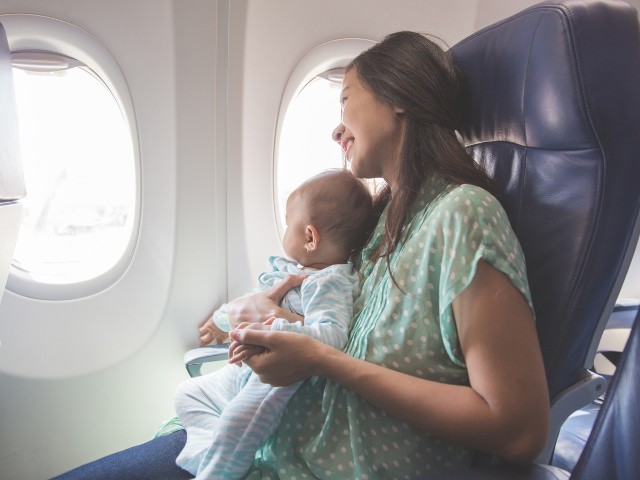
Age and Size of Your Child
When selecting airline seats, the age and size of your child are crucial factors to consider. For infants (under 2 years old), if they don’t have their own seat, you’ll need to purchase a child’s ticket and bring a safety-approved car seat to use on board.
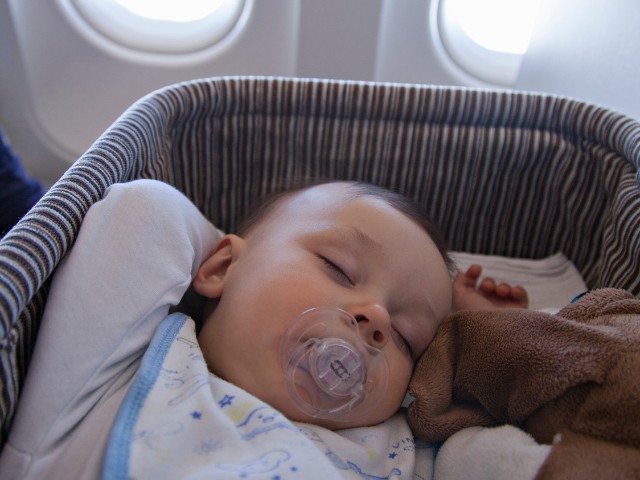
Opt for seats with extra space to accommodate the car seat, usually the bulkhead (partition wall) or last row. These spots offer more room and fewer disturbances.
For toddlers (2-5 years old), they may have their own seat or sit on a parent’s lap. If you choose a separate seat for your toddler, select one nearby for easy access during the flight. Also, steer clear of the toilet and galley areas to minimize noise and hubbub, providing a quieter and more comfortable space for your little one.
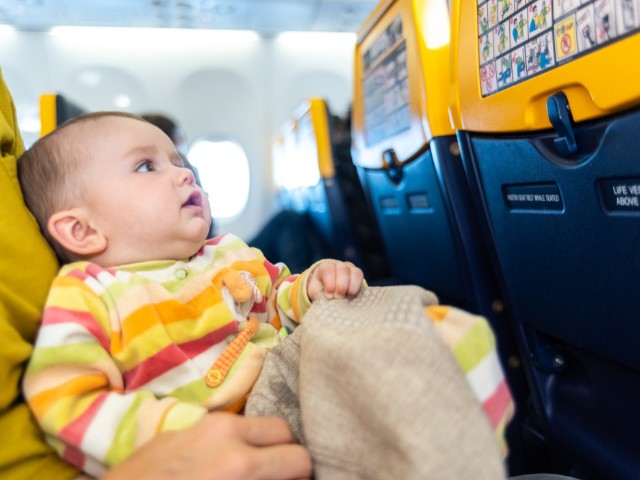
As for older children (6-11 years old), they can sit independently or with siblings. When choosing their seats, go for the middle section of the passenger cabin.
This spot facilitates their movement, restroom breaks, and also provides a sense of security, making it easier to communicate with parents if needed. Considering your child’s age and size when selecting seats will make for a more enjoyable flight for the entire family.
Your Child’s Needs
To ensure your child’s comfort and safety during the flight, pay attention to their unique needs.
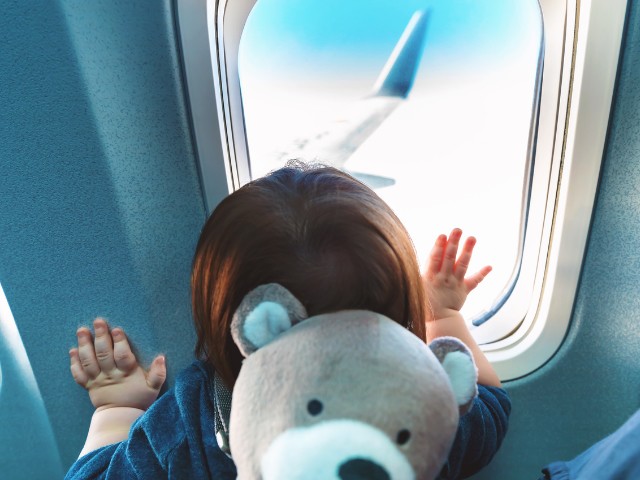
For active children, a window seat offers legroom and easier movement. It also provides a view to keep them engaged and less bored. Additionally, bringing toys, books, or other entertainment devices will maintain their interest and reduce fussing.
If your child is prone to air sickness, seats at the front of the plane are ideal, as this area experiences less turbulence than the middle and rear sections. Steer clear of the wings and tail, where vibrations are more pronounced, to enhance your child’s comfort.
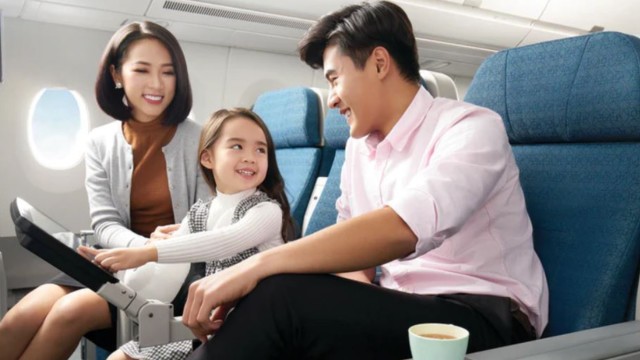
Consider anti-nausea measures, such as anti-nausea medication (after consulting a doctor) or natural remedies like peppermint oil.
For kids prone to motion sickness, thorough preparation is key. Bring wipes and vomit bags to handle any messes, and opt for seats near the restroom for quick access. This not only helps keep your child clean but also alleviates your worries about in-flight hygiene.
Aircraft Type and Airline
Seat sizes can vary depending on the aircraft type and airline, so checking seat dimensions before booking is vital. This ensures your child has adequate space and isn’t cramped during the journey.
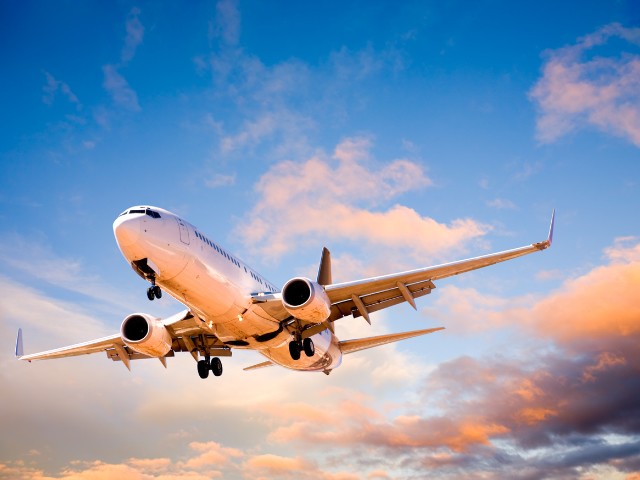
Some seats offer more legroom, beneficial for active kids or those needing extra space to move around.
Additionally, many airlines now provide seats with individual entertainment screens, keeping your child occupied with movies, games, or music. Choosing the right seat type and airline significantly contributes to a pleasant flying experience for both your child and you.
Book Early
Preferred seats for children tend to book up quickly, so booking early is essential to securing your preferred options and ensuring your child’s comfort.
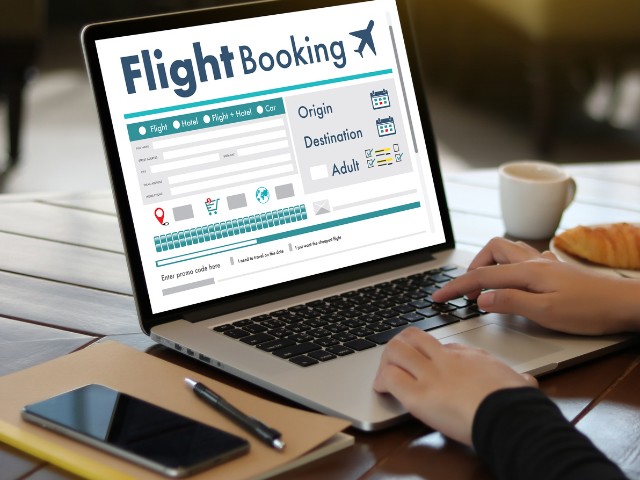
Additionally, keep the following in mind for a seamless flight with your child: pack snacks, drinks, and milk to prevent hunger and thirst; dress your child in comfortable clothing that’s easy to remove for diaper changes or if they get too warm.
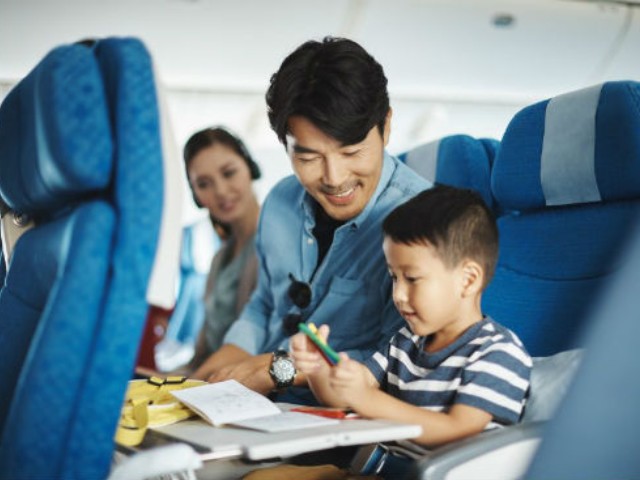
Bring any necessary medications in case of illness or specific medical needs, and familiarize your child with the aircraft environment beforehand by explaining what will happen, easing any anxiety or fears. Thorough preparation and early booking will ensure a smooth and enjoyable flight for both you and your child.






























